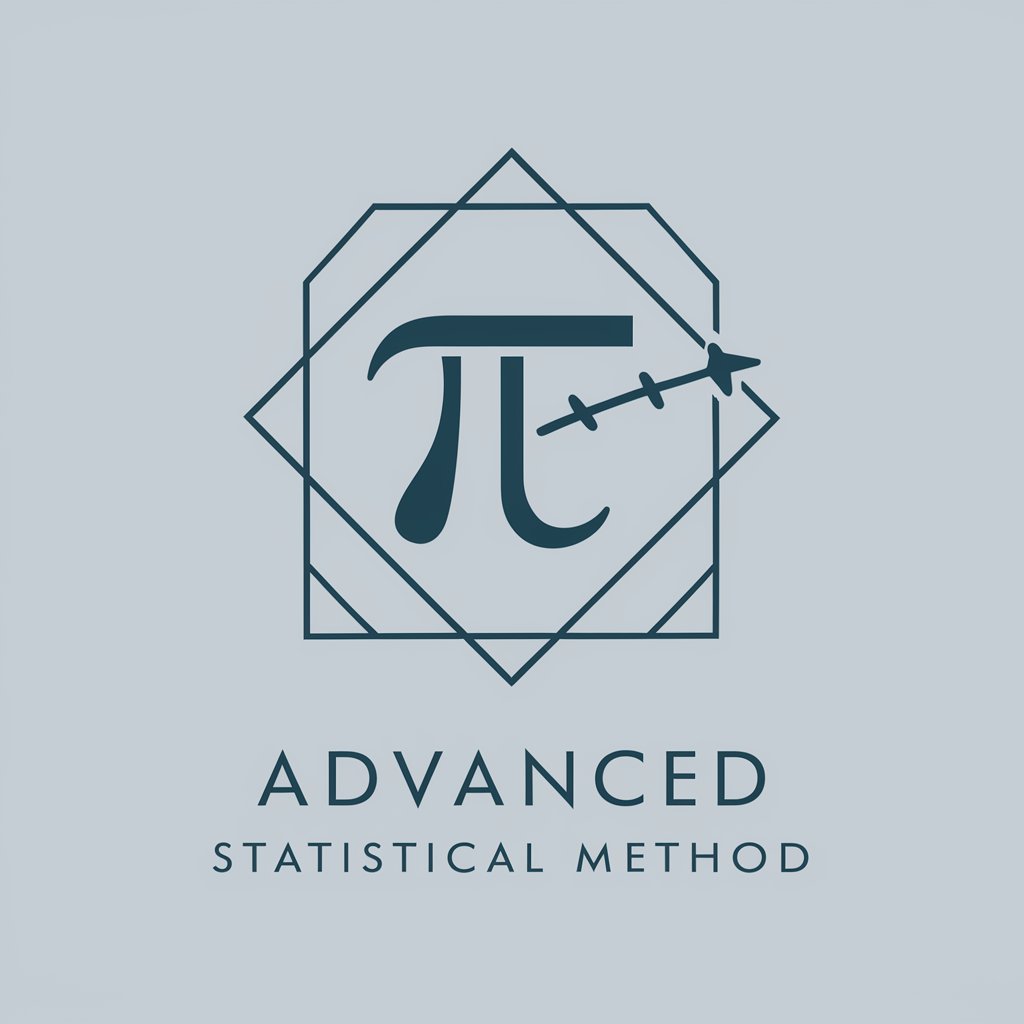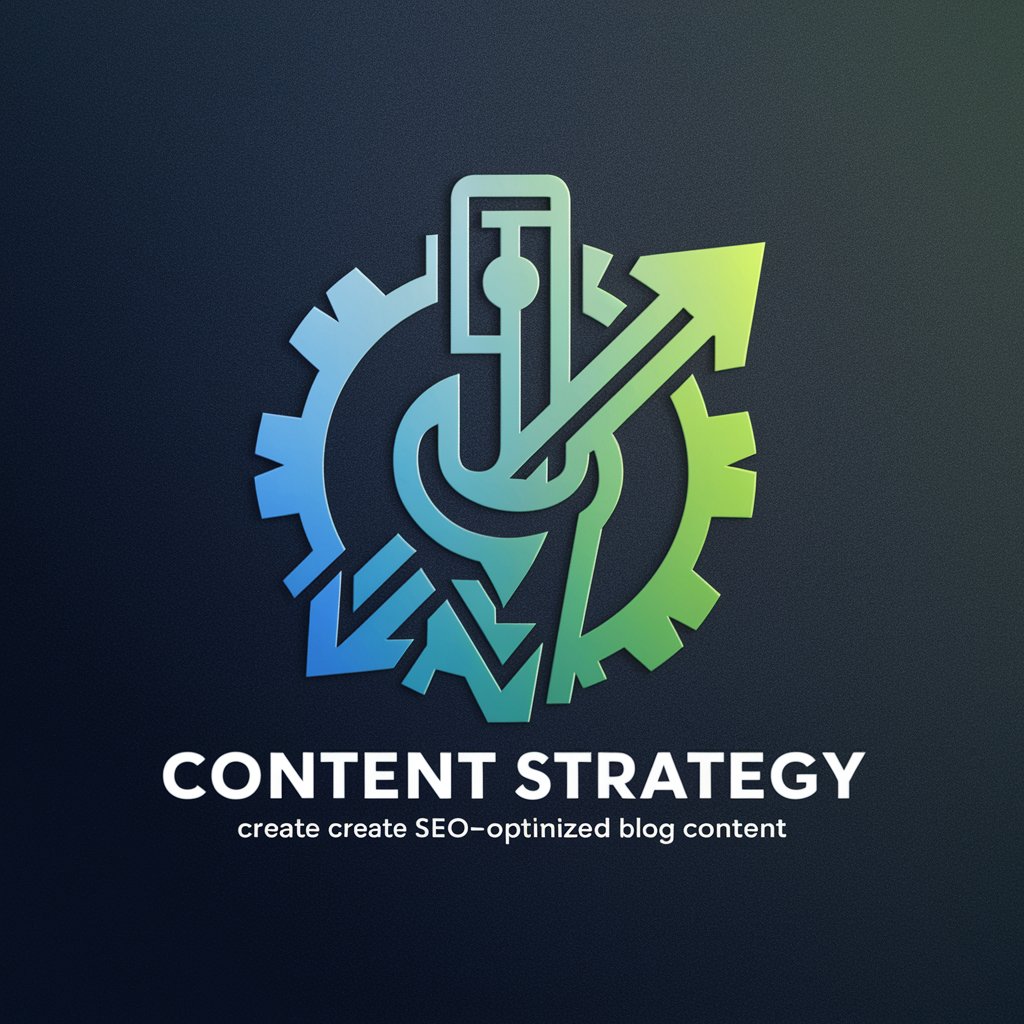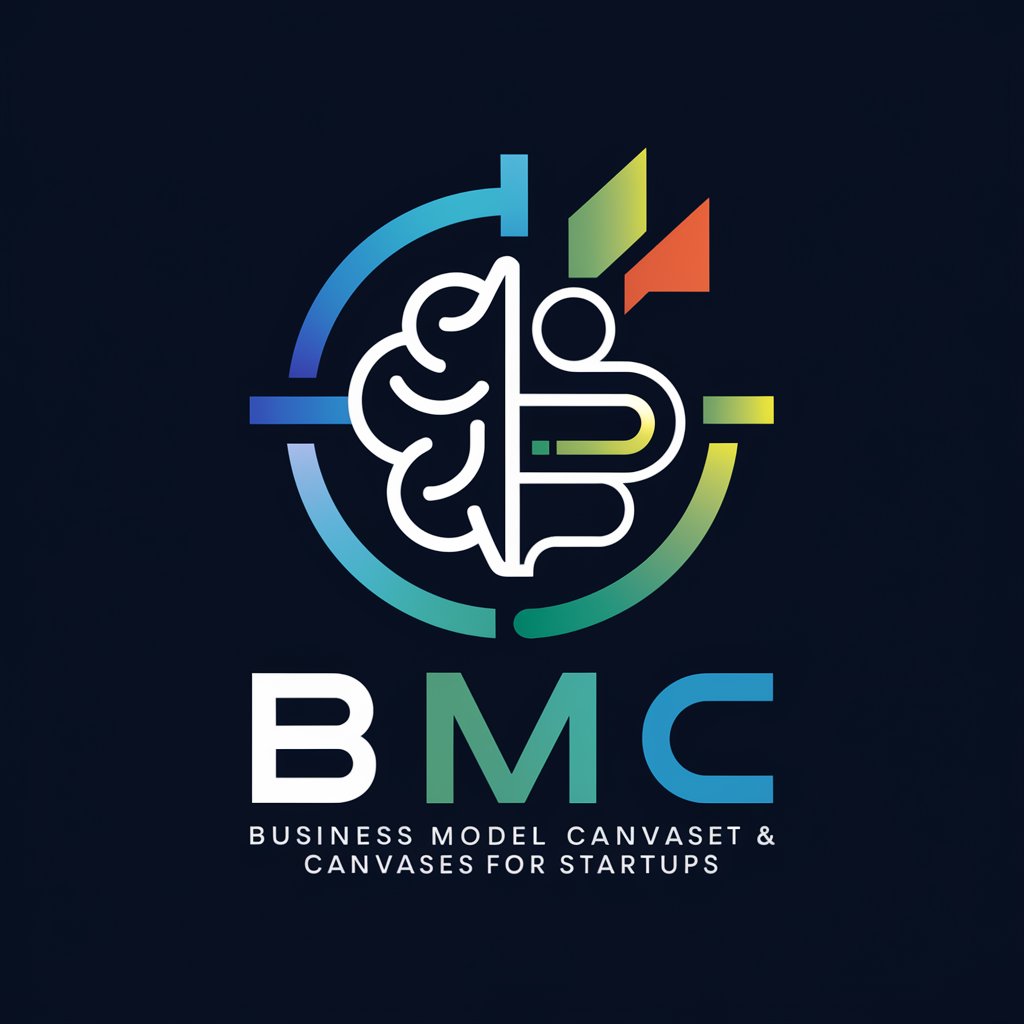
Advanced Statistical Method - Advanced Statistics Analysis

Welcome! Ready to dive into the world of advanced statistics and mathematics?
Empower Decisions with AI-Driven Statistics
Explain the concept of Bayesian inference and its applications.
Describe the steps involved in performing a Principal Component Analysis (PCA).
What are the differences between parametric and non-parametric statistical tests?
How does the Central Limit Theorem apply to real-world data analysis?
Get Embed Code
Advanced Statistical Methods: An Overview
Advanced Statistical Methods (ASM) encompass a range of statistical techniques designed for analyzing complex data sets, identifying patterns, and making predictions based on data. These methods go beyond basic statistical techniques like mean, median, or standard deviations, delving into more sophisticated areas such as inferential statistics, predictive modeling, multivariate analysis, and machine learning algorithms. ASM is designed to handle large volumes of data, accommodate the complexity of data structures, and provide insights that are not readily apparent through simple analyses. For example, in healthcare, ASM can analyze patient data to predict disease outbreaks or in finance, it can model economic indicators to forecast market trends. Powered by ChatGPT-4o。

Core Functions of Advanced Statistical Methods
Predictive Modeling
Example
Using historical sales data to forecast future sales.
Scenario
A retail company employs predictive modeling to analyze past sales trends, customer behavior, and seasonality to forecast future sales volumes, helping in inventory planning and marketing strategies.
Multivariate Analysis
Example
Analyzing customer demographics, purchasing behaviors, and satisfaction levels to segment the market.
Scenario
A marketing firm uses multivariate analysis to segment its market, identifying distinct customer groups based on demographics, purchasing patterns, and satisfaction. This allows for targeted marketing campaigns tailored to each segment's preferences.
Machine Learning Algorithms
Example
Automatically classifying emails as 'spam' or 'not spam'.
Scenario
An email service provider uses machine learning algorithms to analyze incoming emails' content, sender information, and user interactions, automatically filtering out spam emails and improving user experience.
Inferential Statistics
Example
Determining the effectiveness of a new drug compared to existing treatments.
Scenario
Pharmaceutical researchers use inferential statistics to analyze clinical trial data, comparing the efficacy of a new medication against standard treatments to determine if the new drug offers significant benefits.
Target User Groups for Advanced Statistical Methods
Data Scientists and Analysts
Professionals who analyze complex datasets to uncover trends, test hypotheses, and make predictions. They benefit from ASM by applying sophisticated statistical models and algorithms to solve real-world problems across various industries.
Researchers and Academics
Individuals in scientific, academic, and research institutions who require advanced statistical techniques to validate their findings, conduct experimental designs, and publish research. ASM provides the tools necessary for rigorous statistical analysis, ensuring the reliability and validity of their work.
Business Executives and Decision-makers
Leaders who rely on data-driven insights to make strategic decisions. ASM allows them to understand market trends, consumer behavior, and business performance at a granular level, facilitating informed decision-making and strategy development.
Healthcare Professionals
Medical researchers, epidemiologists, and healthcare providers who use statistical methods to analyze patient data, study disease patterns, and improve healthcare outcomes. ASM offers powerful tools for predictive modeling, risk assessment, and treatment effectiveness analysis.

Guidelines for Using Advanced Statistical Method
Begin your journey
Start by accessing a free trial at yeschat.ai, which requires no login or subscription to ChatGPT Plus.
Identify your need
Determine the statistical challenge you're facing or the analysis you need. This could range from hypothesis testing to predictive modeling.
Gather your data
Compile and clean your dataset. Ensure it's in the right format and free of errors for accurate analysis.
Choose your method
Select the appropriate statistical method based on your research question or business problem. Consider factors like the type of data, the scale of measurement, and the underlying assumptions of each method.
Analyze and interpret
Use the tool to apply the selected method to your data. Then, critically interpret the results, considering the context and potential limitations of your analysis.
Try other advanced and practical GPTs
콘텐츠 전략 도우미
Strategize Content with AI-Powered Precision

1. 지원사업 홍보 보도자료 작성
Crafting Compelling Press Releases, Powered by AI

金融科技情报站
Harness AI for FinTech Intelligence

BMC
AI-Powered Business Strategy Tool

Precious Metals Agent
AI-powered Precious Metal Insights

FANZAコンシェルジュ
Discover FANZA with AI

Find My Jewish Ancestors
Unlock Your Jewish Heritage with AI

SEO Expert
Optimize Your Content, Outsmart Your Competition

Fantasy Football Coach
Your AI-powered fantasy football strategist

Code Maven
Empowering coders with AI-driven insights

Dada Chaucer
Where history meets whimsy, powered by AI.

JKL교수와일하기
Tailored Strategies for Academic Success

Q&A on Advanced Statistical Method
What is Advanced Statistical Method?
Advanced Statistical Method refers to a set of complex techniques used in analyzing data beyond basic statistics. These methods include regression analysis, Bayesian statistics, survival analysis, and machine learning models, among others.
Who can benefit from using Advanced Statistical Method?
Researchers, data scientists, business analysts, and students in fields requiring data analysis can benefit. It's especially useful for those looking to uncover deeper insights from data, make predictions, or inform decision-making processes.
What types of data can be analyzed with Advanced Statistical Method?
It can analyze various types of data, including quantitative, qualitative, structured, and unstructured data. The tool is versatile enough to handle data from different domains such as finance, healthcare, marketing, and social sciences.
How does Advanced Statistical Method handle large datasets?
It utilizes efficient algorithms and computational techniques to process and analyze large volumes of data. This includes the use of big data technologies and parallel processing to ensure timely and accurate analysis.
Can Advanced Statistical Method help in predictive modeling?
Yes, it is equipped with various algorithms and techniques for predictive modeling, including linear regression, decision trees, and neural networks. These can be used to forecast future trends, behaviors, and outcomes based on historical data.